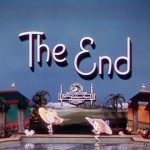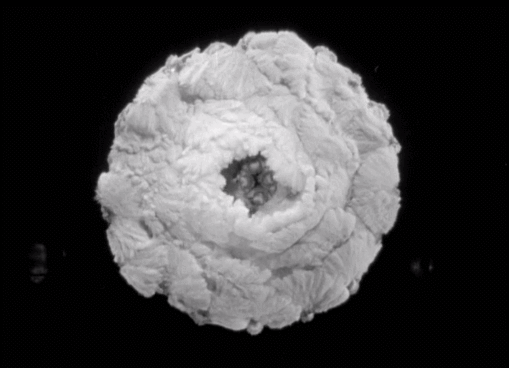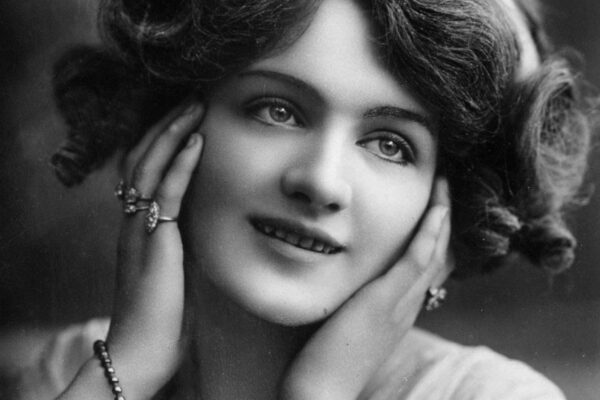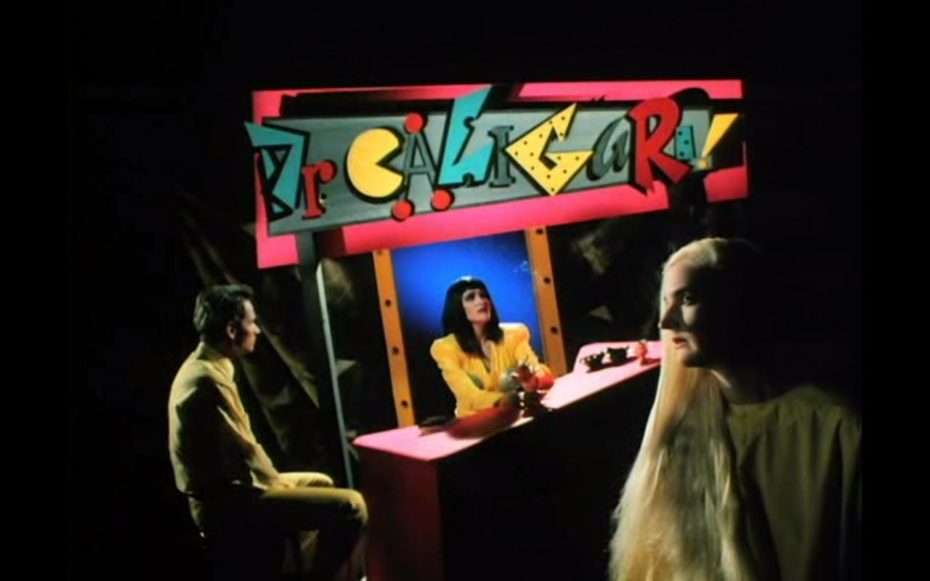
What’s your favourite midnight movie? That one totally weird film you tell your friends about at parties, a vintage masterpiece that slipped through the cracks of mainstream culture, because it was just too strange to find a traditional audience, and instead found an unlikely cult following elsewhere. We’ve discovered a midnight movie that’s slipped under our radar all these years. It’s just as retro, hypnotic, and freaky as say, the cult musical Rocky Horror Picture Show— but you might even say it’s a little more chic? It’s called Dr. Caligari (1989), and it’s going to be our new favourite Halloween classic…
The film basically revolves around Dr. Caligari, a sex-crazed mad scientist who performs experiments on her captive patients at the C.I.A (Caligari Insane Asylum). She swaps the mind of a cannibalistic serial killer with that of a nymphomaniac housewife. She’s prancing around in a shiny, bubble-gum pink ensemble on minute, and a canary yellow power suit with a Madonna-worthy wünder bra the next.
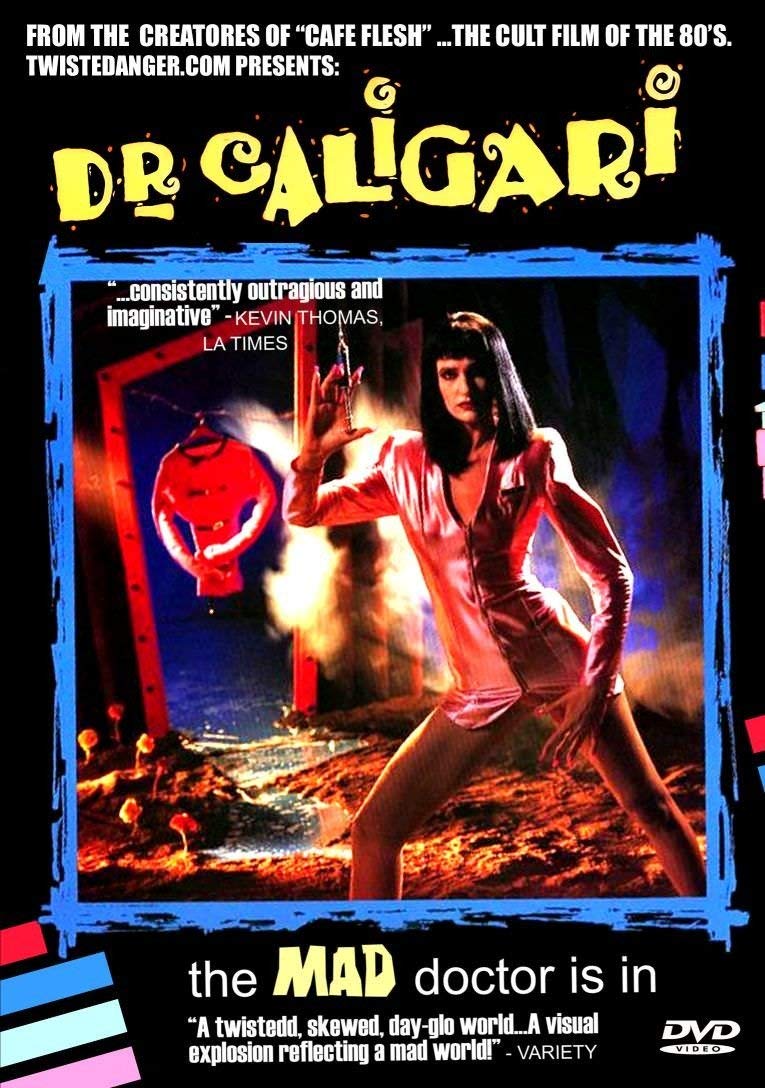
“It’s not the norm to get pictures of this budget released, not to mention reviewed in the mainstream press,” says the film’s director, Stephen Sayadian, at the time of its release, nearly fourteen years after Rocky Horror, which paved the way for low-budget, off-the-wall midnight movies to find success outside the Hollywood mainstream audience.
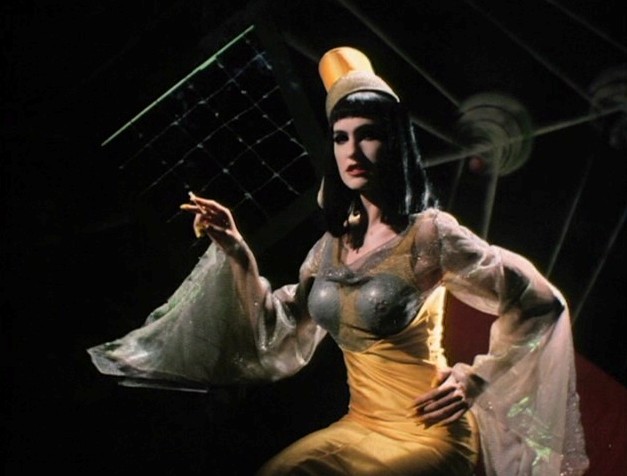
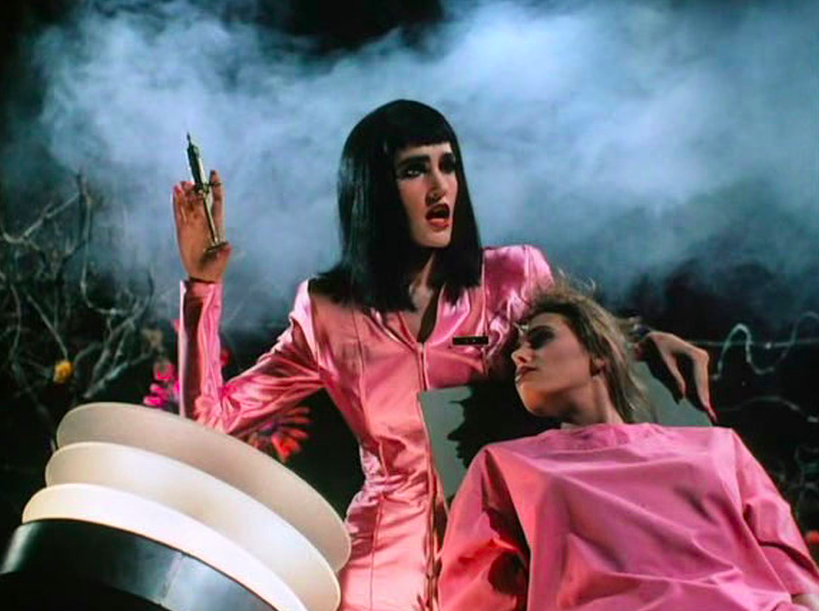
“These are the films people have emotional attachments to. They are word-of-mouth films,” says Danny Peary, the New York-based author of a series of cult movie compendiums.. “People will not only see the films again and again, but they’ll bring new people with them.” In fact, he says, it’d be hard to think of another movie that can outshine Caligari in its category, no matter how niche.
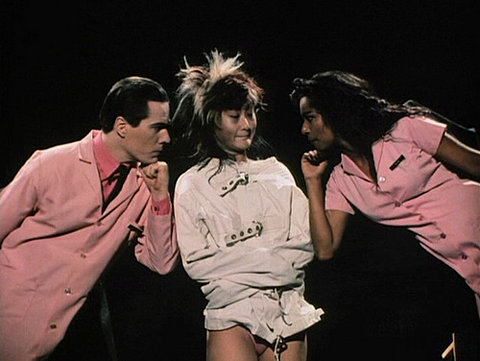
So where on earth was the idea for this gem born, and how has it fallen into obscurity for even some the biggest cinephiles we know? Travel nearly 100 years back to the 1920 release of the German silent film Das Cabinet des Dr. Caligari (The Cabinet of Dr. Caligari), which played one Paris theatre for seven consecutive years. It’s definitely not the same comedy-erotica-surrealist-horror gem as its ’80s sequel, but it was a ground breaking work of German Expressionist Cinema, and is actually considered to be the world’s first real horror movie.
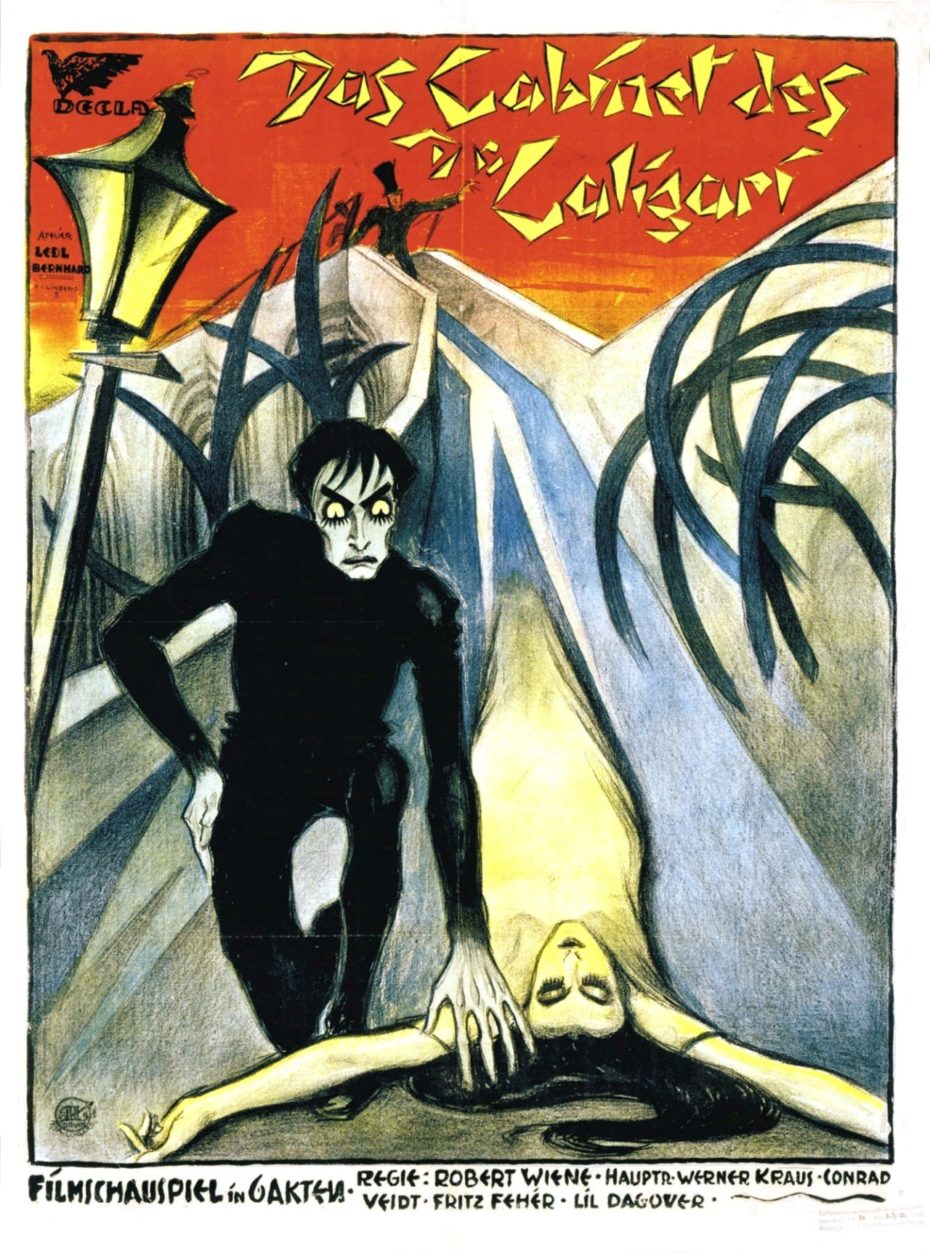
The plot centres around the grandfather of our 1980s anti-heroine, the OG-Caligari, who takes to hypnotising a man with sleepwalking issues to commit a bunch of murders. The scriptwriters were inspired by their experiences during WWI, and particularly their resultant skepticism of authoritarian figures, when plotting out the film, which means that the world’s first horror movie was also packing a hidden, pacifistic agenda.
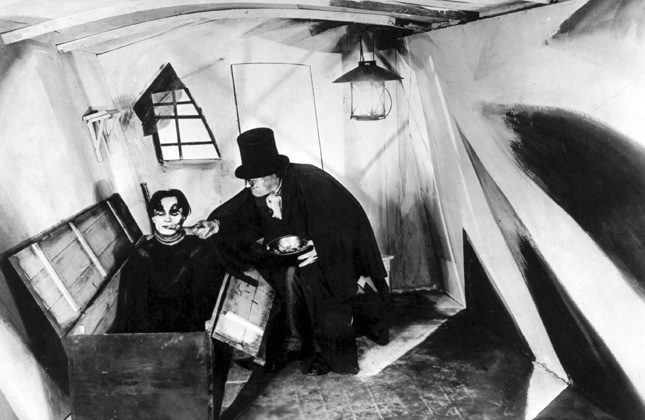
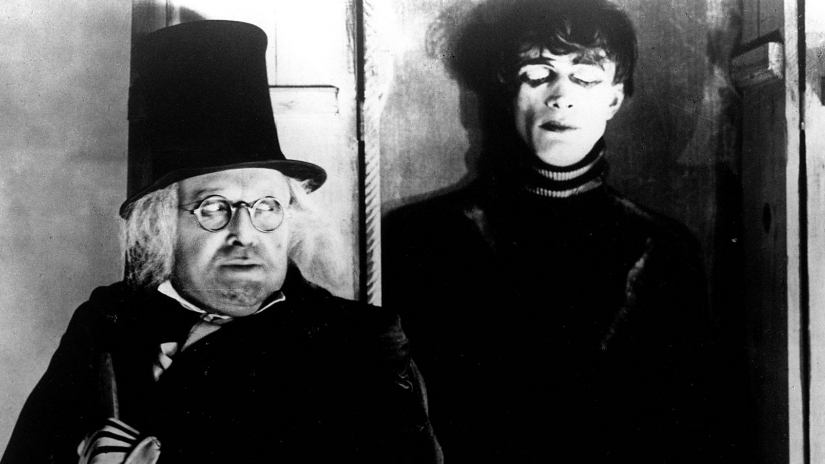
Aside from its metaphorical undertones, the original Caligari remains a masterpiece of German Expressionist Film; the director’s clever use of set design and shadow in the incredibly small studio (no larger than 6 meters in lengths) made for phantasmagoric scenes that Roger Ebert described as, “a jagged landscape of sharp angles and tilted walls and windows, staircases climbing crazy diagonals, trees with spiky leaves, grass that looks like knives.…characterised by strokes of bold, black paint.”
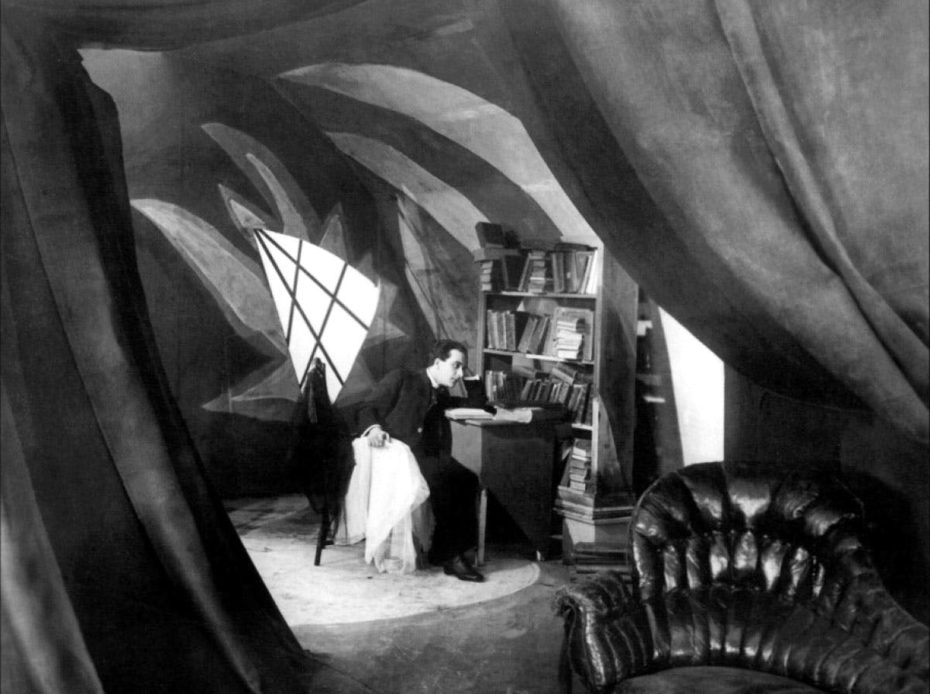
When you look at the ’80s sequel, you feel traces of that same spirit in everything from the set design, to the ability to push the horror genre into revolutionary territory. The latter reason of which, we might add, is why the Caligari sequel fell into obscurity: it was just a little too weird. And one midnight movie pioneer, Ben Barenholtz, once said: “You can’t make a midnight movie; the audiences make a midnight movie.” Over to you.



